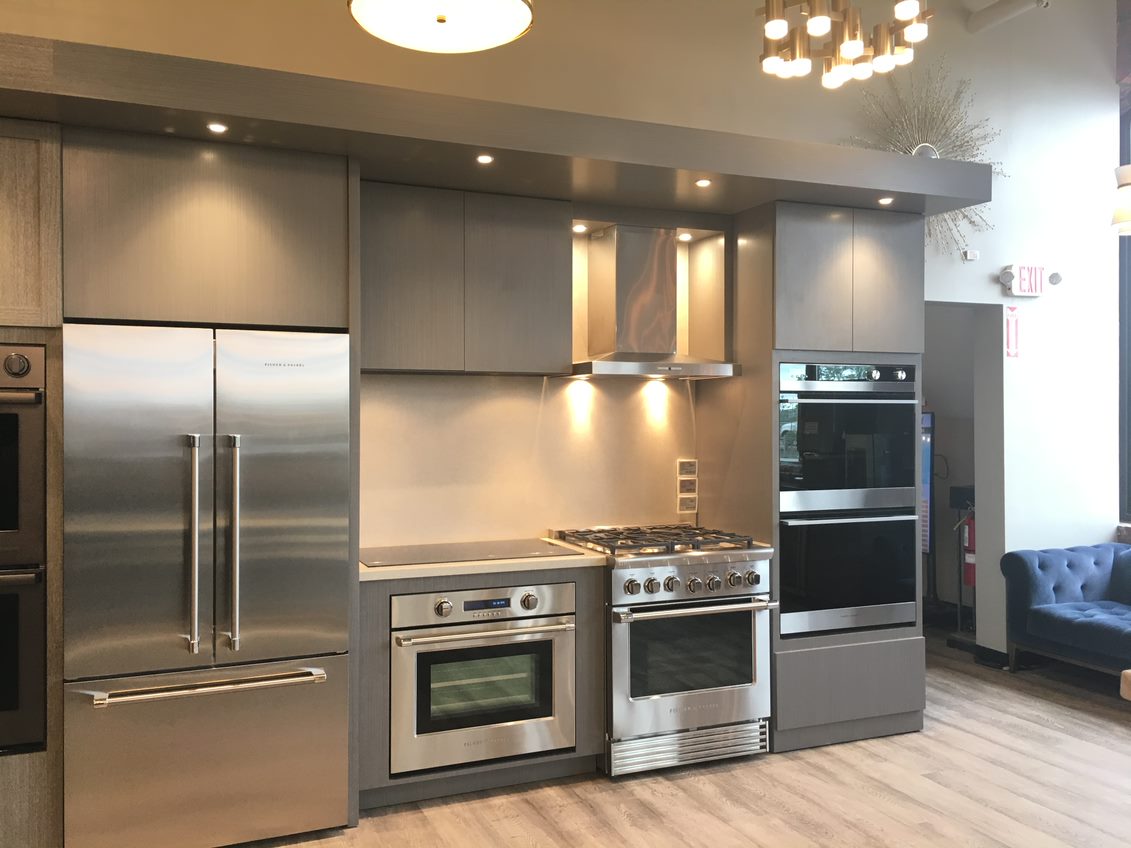
A Comprehensive Guide to Addressing Low Water Pressure in Pipes
Understanding the Dilemma: Causes of Low Water Pressure
Experiencing low water pressure in your pipes can be frustrating and inconvenient. In this guide, we’ll delve into the common causes behind low water pressure issues and explore effective solutions to restore optimal water flow in your plumbing system.
The Common Culprits
- Pipe Leaks and Corrosion
Leaks or corrosion in pipes can lead to a decrease in water pressure. Over time, pipes may develop small cracks or rust, hindering the smooth flow of water. Identifying and addressing these issues is crucial to restoring adequate pressure.
- Clogged or Blocked Pipes
Accumulation of sediment, minerals, or debris in pipes can obstruct the water flow, causing reduced pressure. Understanding the source of blockages and implementing proper cleaning techniques is essential for resolving this common issue.
Diagnosing and Resolving Low Water Pressure
- Check for Localized Issues
Begin troubleshooting by checking if the low water pressure is localized to specific fixtures or affecting the entire property. If only one faucet or shower is affected, the problem may be isolated to that particular fixture, indicating the need for cleaning or repair.
Mineral Buildup: A Silent Saboteur of Water Pressure
- Identifying Hard Water Issues
Hard water, rich in minerals like calcium and magnesium, can lead to the buildup of deposits in pipes, reducing the available space for water flow. Installing a water softener or using descaling agents can mitigate mineral buildup and improve water pressure.
- DIY Solutions for Clearing Mineral Deposits
For a proactive approach, consider DIY methods for clearing mineral deposits. Vinegar, for instance, can be used to dissolve mineral buildup in faucets and showerheads. Regular maintenance helps prevent the recurrence of this issue.
Leaks and Corrosion: Detecting and Repairing
- Conducting a Leak Detection Inspection
Perform a thorough inspection of your plumbing system to identify any leaks. Check for damp spots, water stains, or mold growth, as these may indicate hidden leaks. Addressing leaks promptly is crucial for preventing further damage and restoring water pressure.
- Corrosion Prevention and Treatment
Corrosion can be mitigated through preventive measures such as coating pipes or installing corrosion-resistant materials. If corrosion has already occurred, consider consulting a professional plumber to assess the extent of the damage and recommend appropriate repairs.
Pressure Regulators: Guardians of Consistent Water Pressure
- Understanding Pressure Regulator Functionality
Pressure regulators play a vital role in maintaining consistent water pressure throughout your plumbing system. These devices ensure that water pressure is controlled and optimized, preventing both high and low-pressure scenarios.
- Checking and Adjusting Pressure Regulators
Inspect your pressure regulator to ensure it is functioning correctly. If needed, adjust the pressure settings to align with the recommended levels for your home. Regular checks and adjustments can contribute to stable and efficient water pressure.
Professional Intervention: When to Call in the Experts
- Complex Plumbing Issues
If DIY methods and basic troubleshooting do not resolve the low water pressure, it’s advisable to seek professional assistance. Complex plumbing issues, such as extensive pipe damage or issues within the municipal water supply, may require the expertise of a licensed plumber.
- Comprehensive Plumbing System Evaluation
Engage a professional plumber for a comprehensive evaluation of your plumbing system. Their expertise allows them to identify underlying issues, recommend tailored solutions, and execute repairs with precision, ensuring a lasting resolution to low water pressure problems.
Conclusion
In conclusion, addressing low water pressure in pipes requires a systematic approach that involves identifying the root causes and implementing effective solutions. Whether dealing with mineral buildup, leaks, or issues with pressure regulators, a combination of DIY maintenance and professional intervention can restore optimal water flow in your plumbing system. Regular inspections, proactive measures, and timely repairs are key to preventing the recurrence of low water pressure issues, ensuring a consistent and reliable water supply throughout your home.


